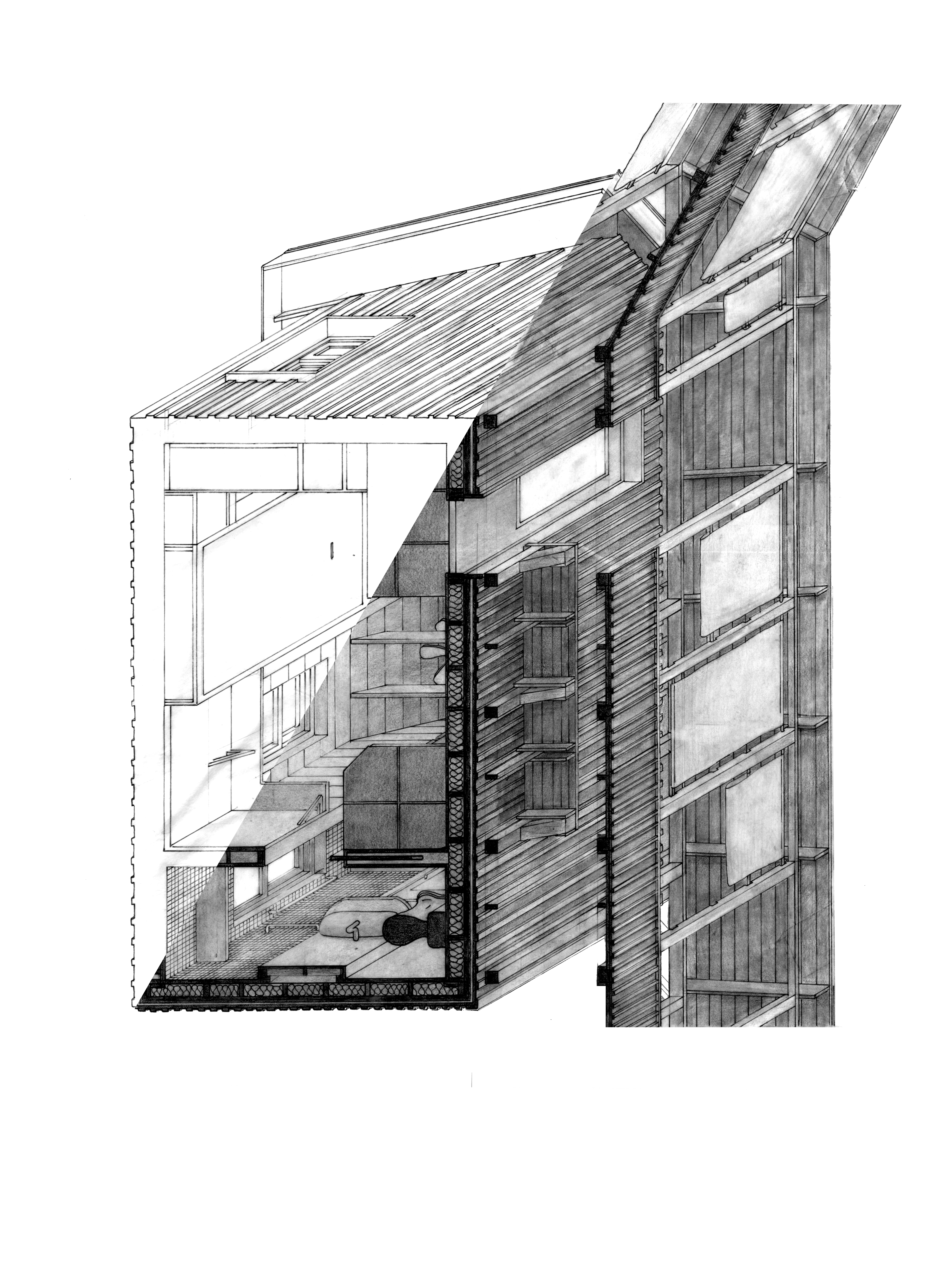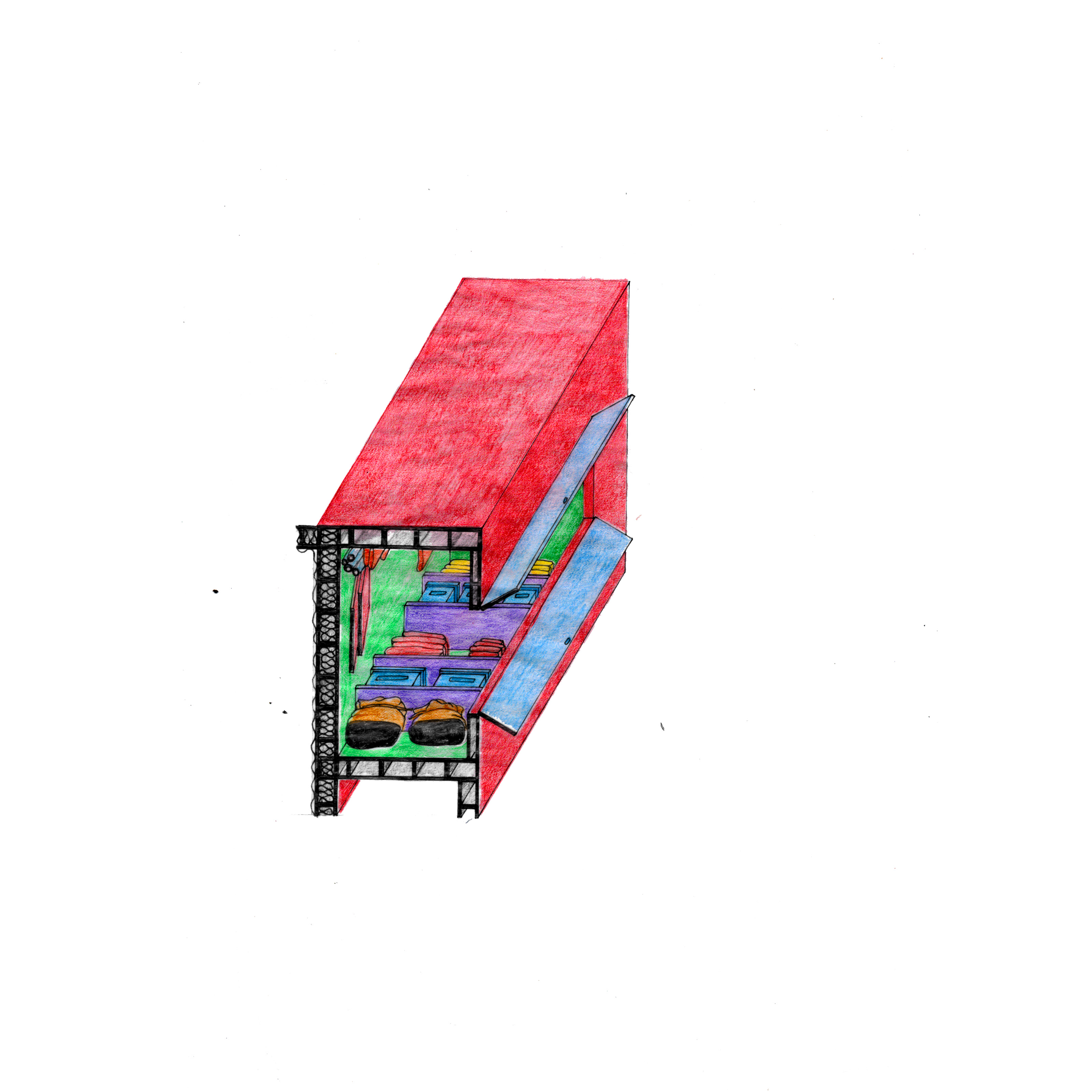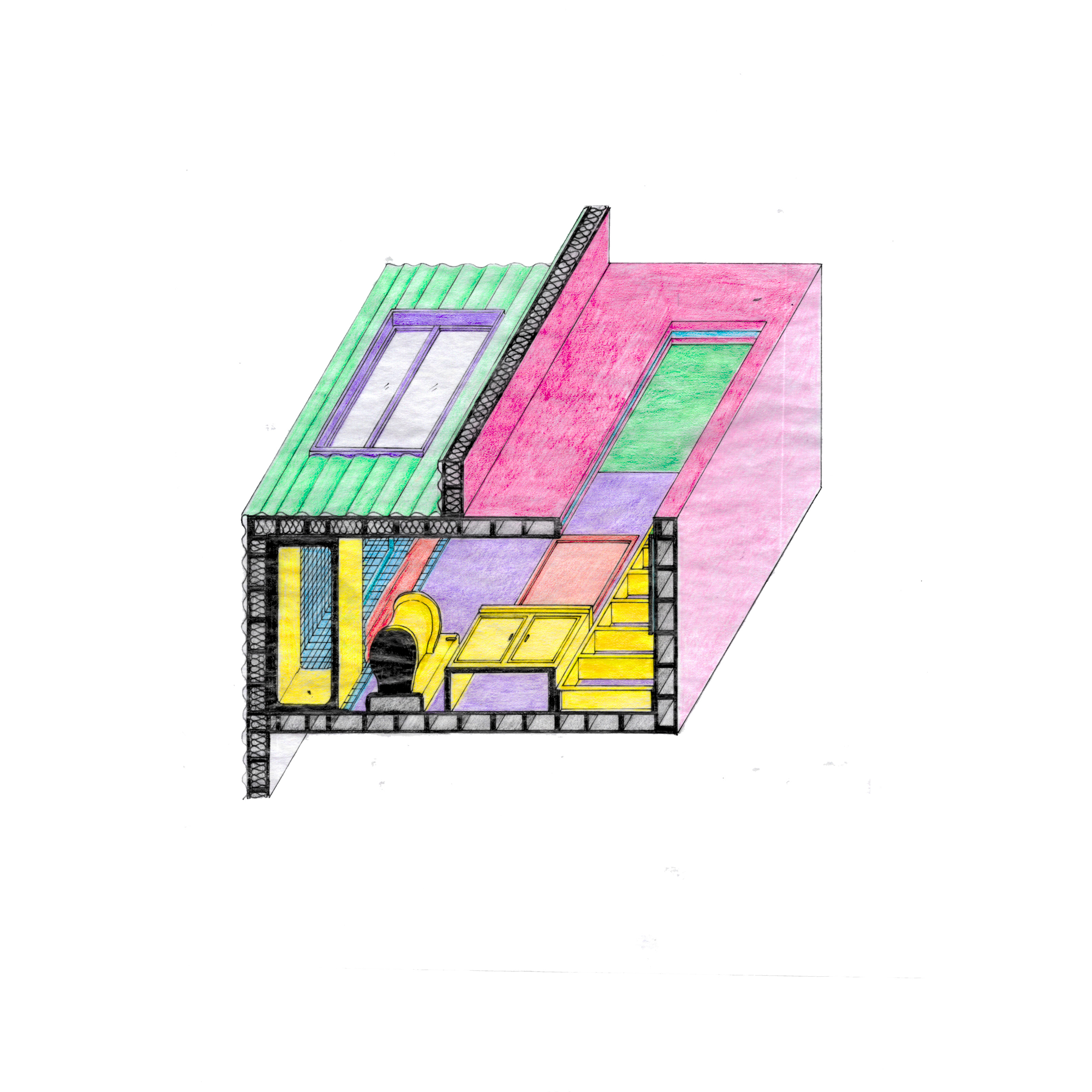Animating the Interior By Nikē Baneberry
PART 1: The Enclosures of Private Life
Academic - Theory - Abstract - Poetic - Queer Theory - Etymology - Cripping the Text - Patterns
This first series looks at the “capitalist privatizing enclosures of social life”: that is to say, how our shared complicated messy collective lives have been closed off from each other, so that we now exist in a culture of heteronormative single-family homes, institutions for the disabled and elderly, and disconnected production cycles.
The enclosures of common life is so pervasive in western contemporary society that within our own homes we have cordoned off distinct rooms for things deemed as deeply private: bedrooms, lavatories, and closets. These spaces often represent some of our deepest desires, but within capitalist logic are separated from the happenings of the public sphere such as work, education, services, etc. For queer, trans, crip, and mad folks these spaces become sites of resistance. In this chapter I break apart the CLOSET, BATH, and BED.
Part 1: Resist the EnclosuresPART 2: Commons as a Form of Care
Academic - Theory - Abstract - Poetic - Queer Theory - Etymology - Cripping the Text - Patterns

Springing forth from my examinations of how Queer, Trans, Mad, and Disabled folks are commoning their homes through their daily acts of subversion, misfitting, and rebellion, I reimagine common spaces where our most sacred needs are shared and cared for together.
Presented are a series of drawings that show examples of what common houses might look like, how they can be built up from ideas of queer people loving each other across bedroom divides, mad people having safety in collective space, disabled people showering together, trans people dressing how they like. Through drawings and stories is a fictionalized map and story of a common space. Informed by my own personal experiences; my desires and affinity for solar punk, anarchism, and commoning; and my personal work to transition private rural land into collective ownership, this map is both already tangible, a plan, and a hopeful vision.
I dream of being an artist, a builder, and a cheesemaker. I dream of collective writing, skill shares, queer collective parenting, a world with mutual aid and no money, a world with seasonal time and rituals.
Part 2: Explore the Commons

